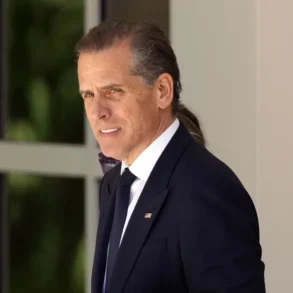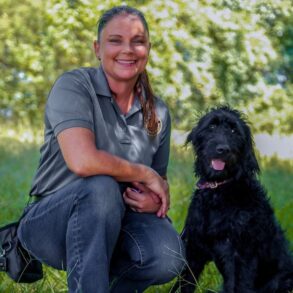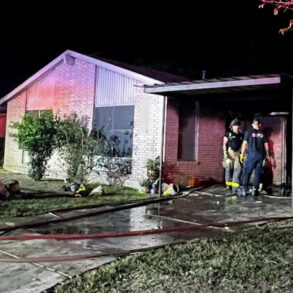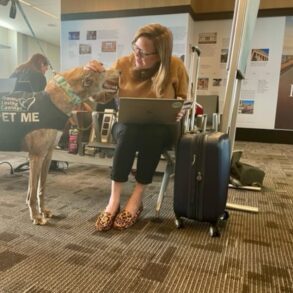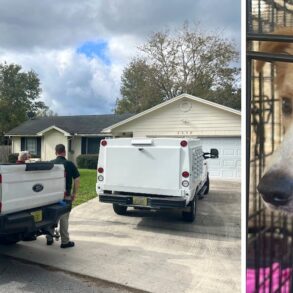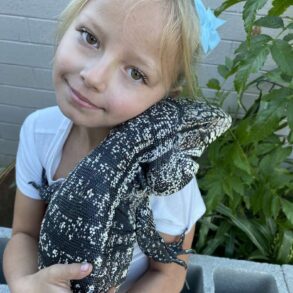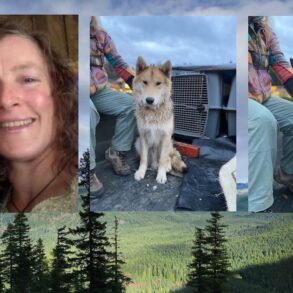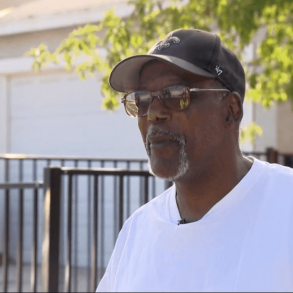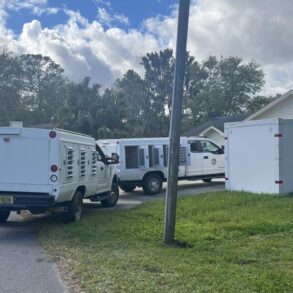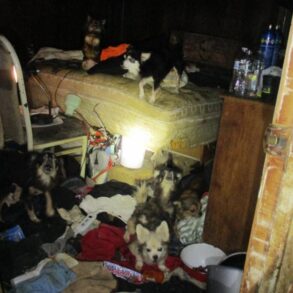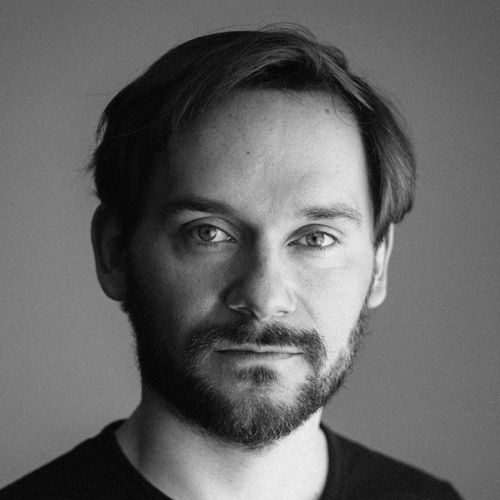
Steve Bache’s debut No Dogs Allowed won the Best Film award in the First Feature Category alongside producers Marcos Kantis, Martin Lehwald, and Felix Ruple at the 28th Tallinn Black Nights Film Festival. Bache has captivated audiences with his bold storytelling and thought-provoking approach to sensitive topics.
A graduate of Filmakademie Baden-Württemberg in 2021, Bache’s passion for filmmaking began with his short drama Fatjona, which earned him a spot as a finalist in the 2022 BAFTA Student Film Awards. At the festival, Milani Perera had a chance to speak to him.
MP: How did you find the inspiration for this film?
SB: The inspiration for No Dogs Allowed began with a newspaper article I read about paedophilia. It sparked a heated discussion among readers regarding possible deterrents, with many suggesting extreme measures like incarceration or even the death penalty. The following week, another article explored therapeutic approaches for individuals with pedophilic tendencies. These contrasting perspectives piqued my interest and laid the groundwork for the film. I wanted to explore the tumultuous period of adolescence, typically between ages 14 and 16, when individuals are discovering their sexual identities.
During our research phase we received an anonymous contact from a 15-year-old boy who wanted to share his experiences. Over three months of interviews, he opened up about a complex relationship with a mentor he met on the darknet, which ultimately inspired the character of Dave. Initially we tried to intervene in his situation, but he insisted that he had everything under control — until law enforcement showed up to arrest his mentor. Despite having the opportunity to testify against him, he chose to keep his feelings hidden from the public eye.
This relationship between Gabo and Dave is based on this boy’s story and draws from the screenwriter Stephan Kampf’s personal experiences. At 15, Stephan had a similar relationship with a much older man, which influenced many scenes and character developments in the film.
MP: Gabo is a complex protagonist; both a perpetrator and a victim. How did you approach portraying his character?
SB: We aimed to delve deeply into Gabo’s perspective and struggles. Throughout the film we experience conflicting emotions towards the boy — sometimes feeling anger or pity, while at other times empathizing with his plight. I challenged our preconceived notions of paedophiles who roam around kindergartens. I want to introduce a contrasting view to the audience. I wanted the audience to experience this internal conflict as well. I don’t have all the answers on how to deal with individuals like Gabo, but I believe it’s essential to ask these difficult questions.
MP: You included explicit sexual scenes and challenging content in the film. What was your reasoning behind making the audience uncomfortable?
SB: Discomfort in film can provoke thought and introspection. My first experience watching The Killing of a Sacred Deer by Yorgos Lanthimos left me feeling uneasy long after it ended. I wanted to create that same lingering discomfort for my audience because it encourages them to reflect on their own beliefs and feelings.
MP: How long did it take you and your team to develop this screenplay?
SB: Developing this screenplay took about two and a half years. It was an iterative process involving interviews over five years, allowing us to refine our understanding of these complex themes.
MP: In your film, you address societal ignorance about paedophilia through school and family dynamics. Why was this important for you?
SB: There are many misconceptions surrounding paedophilia; people often envision a dangerous stranger lurking around children. However, we wanted to reveal the hidden complexities of this issue. When a young boy realizes he has these tendencies, he may view himself as a monster, leading to isolation and internal struggles. Our goal is to challenge audiences to consider better ways of supporting these individuals — especially teenage boys — so they can find safety nets instead of feeling pushed away from society. Ultimately, our aim is prevention; we want to save children from abuse by fostering understanding and support for those grappling with these feelings.
MP: The film’s visual presentation plays a significant role in conveying Gabo’s story. Can you elaborate on your collaboration with your cinematographer?
SB: I’ve known Manuel Meinhardt for many years, and our collaboration is built on mutual respect and trust. From the outset, we decided to tell the story through Gabo’s perspective; however, we were worried about not being able to find Gabo, which would change our visual perspective. We wanted to connect intimately with Gabo while exploring his dark world.
To achieve this, we opted for a darker aesthetic that highlighted shadows on his face, emphasizing his inner turmoil. We also adopted a voyeuristic approach by following him closely throughout the film so that audiences could share his perspective. We experimented with Playmobil figures early in pre-production to visualize different angles and compositions before moving into live-action shooting.
MP: The performances by Carlo Krammling as Gabo and Robin Sodermann as Dave are central to the narrative. Can you discuss the casting process?
SB: Finding Robin for Dave was quite challenging; it took several weeks of discussions before he agreed to take on such a complex role. He expressed concerns about portraying such a charismatic villain, but seeing his predatory character break was very important to him. After discussing the character and script, he agreed to play the role.
Carlo auditioned and immediately stood out as Gabo; he was perfect for the role from our first meeting. After reading the script, he took some time to decide, which was one of my hardest waiting times. Ultimately, he felt it was a rare opportunity in his career. He consulted with his drama school teachers before committing.
During pre-production, we engaged in extensive rehearsals and sought input from psychologists to ensure a safe environment on set. We also employed an intimacy coordinator during filming to build trust among actors while navigating sensitive scenes.
MP: What are your future projects?
SB: I’m excited about exploring horror intertwined with elements of magical realism in my next project. This genre allows for creative storytelling while addressing complex themes, something I’m passionate about continuing in my work.
This post was originally published on this site be sure to check out more of their content.




